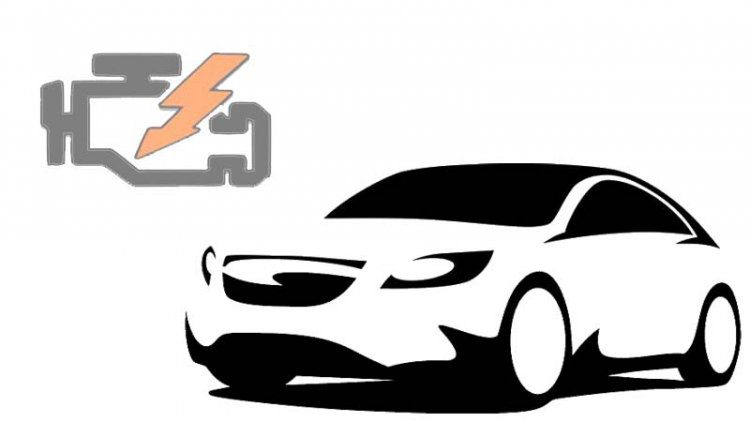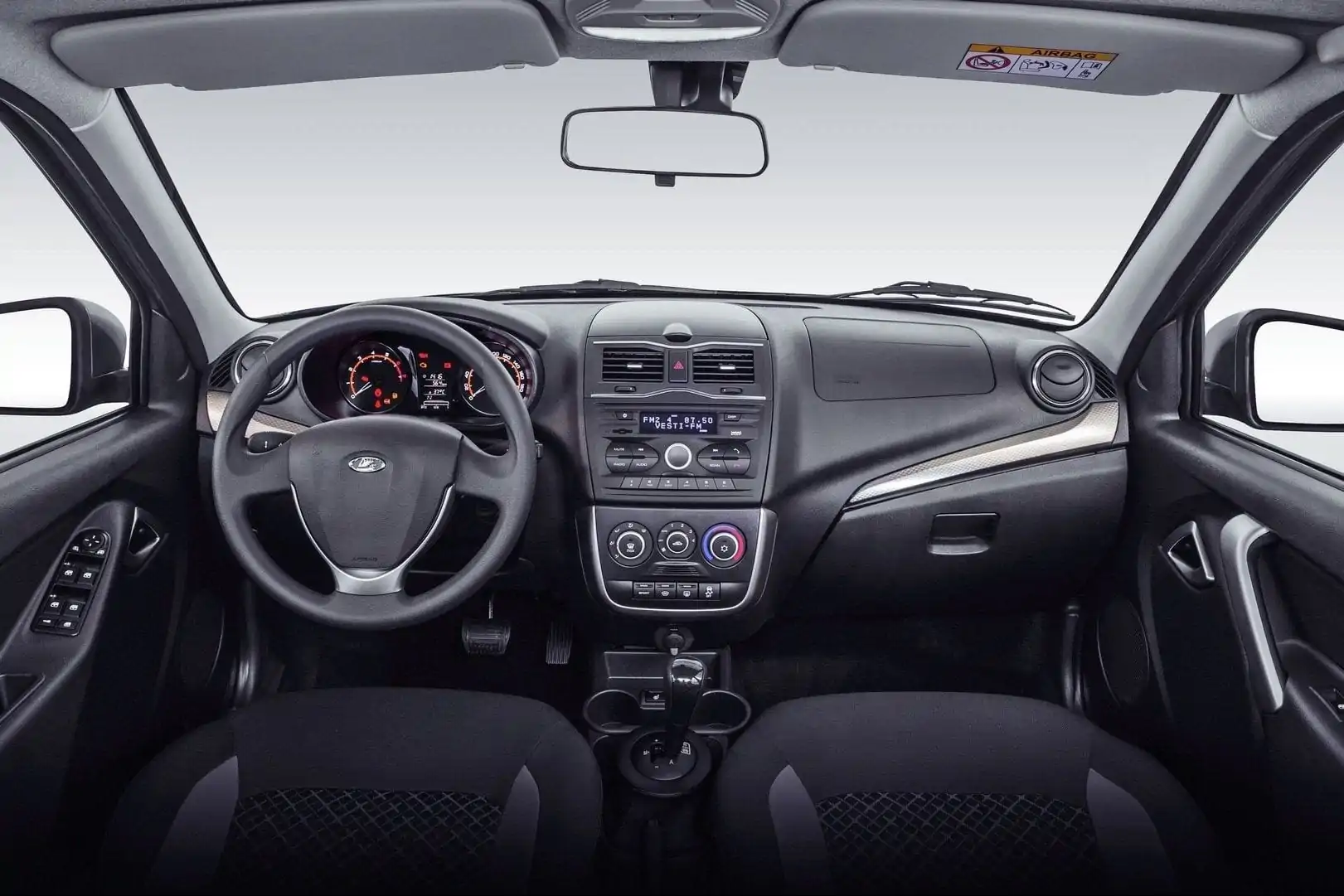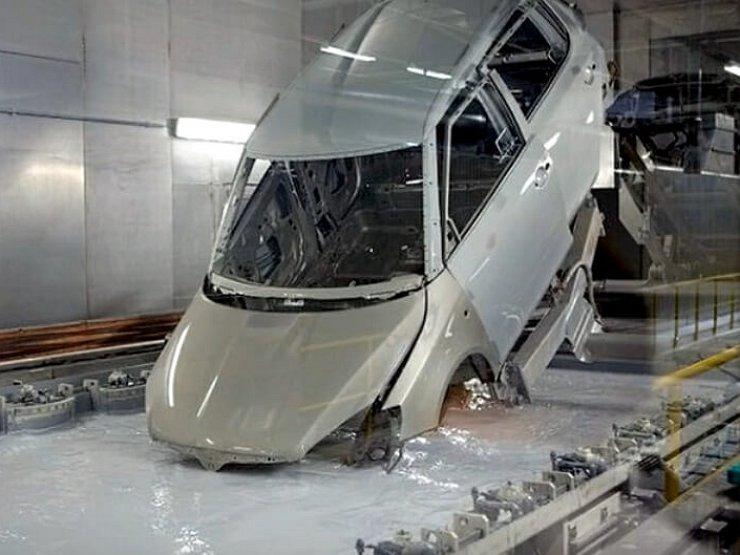
P0067 A high rate of the pneumatic injector control circuit
Content
- P0067 A high rate of the pneumatic injector control circuit
- OBD-II DTC Datasheet
- What does this mean?
- What is the severity of this DTC?
- What are some of the symptoms of the code?
- What are some of the common causes for the code?
- What are the troubleshooting steps?
- Related DTC discussions
- Need more help with the P0067 code?
P0067 A high rate of the pneumatic injector control circuit
OBD-II DTC Datasheet
Air Injector Control Circuit High Signal
What does this mean?
This Diagnostic Trouble Code (DTC) is a generic transmission code, which means it applies to OBD-II vehicles that have an air actuated fuel injector. Vehicle brands may include, but are not limited to, Subaru, Jaguar, Chevy, Dodge, VW, Toyota, Honda, etc., but they mostly only appear on Subaru and Jaguar vehicles. Although general in nature, specific repair steps may vary depending on the make / model / engine.
The air injector is similar to a conventional fuel injector. As the name suggests, it uses air to atomize injected / atomized fuel. In most cases, it is this injector that is used to assist with a cold start. When your engine is cold, a richer air / fuel mixture (more fuel) is required to start.
The atomization that occurs when air is supplied to a conventional injector is desirable simply because it contributes to a more even distribution of the jet. This matters because, generally speaking, these systems use only one injector mounted on the throttle body or intake, and the atomized fuel is distributed between the number X cylinders.
The ECM (engine control module) turns on the check engine light using P0067 and related codes when it monitors for an out-of-range condition on the air injector circuit. Generally speaking, this is an electrical problem, but sometimes an internal fault within the injector itself can cause this condition.
P0067 A high air injector control circuit code is set when the ECM monitors one or more high electrical values on the circuit. This air injector control DTC is closely related to P0065 and P0066.
What is the severity of this DTC?
I would say that the severity of this code is moderate to low. The reason is that it will not affect the operation of the engine at normal operating temperature. That being said, this will ultimately need to be addressed, as a continuous cold start with a possibly lean mixture can cause serious damage in the long term.
What are some of the symptoms of the code?
Symptoms of a P0067 engine code may include:
- Difficult to start when the engine is cold
- smoking
- Poor performance in the cold
- Engine misfire
- Poor fuel consumption
What are some of the common causes for the code?
Reasons for this code may include:
- Broken or damaged wire harness
- Vacuum leaks inside the nozzle or in the hoses / clamps
- Fuse / relay defective.
- Air driven fuel injector defective
- ECM problem
- Pin / connector problem. (e.g. corrosion, overheating, etc.)
What are the troubleshooting steps?
Be sure to check the Technical Service Bulletins (TSB) for your vehicle. Gaining access to a known fix can save you time and money during diagnostics.
Tools
Whenever you work with electrical systems, it is recommended that you have the following basic tools:
- OBD code reader
- multimeter
- Basic set of sockets
- Basic Ratchet and Wrench Sets
- Basic screwdriver set
- Rag / shop towels
- Battery terminal cleaner
- Service manual
Security
- Let the engine cool down
- Chalk circles
- Wear PPE (Personal Protective Equipment)
Basic step # 1
Refer to your service manual for the location of the injector for your specific make and model. In most cases, you can find the injector mounted on the throttle body itself. Occasionally, vacuum lines / gaskets around the injector will leak causing it to fall outside the desired range, pay special attention to this as this would be the best scenario. The fastening of the vacuum hoses / gaskets is generally inexpensive and easy to repair. With the engine running, listen for any unusual hissing noises around the hoses, indicating a leak. If you know how to work with a vacuum gauge, you will need to monitor the vacuum in the intake system while the engine is running. Write down your findings and compare with your specific desired value.
NOTE: Replace any cracked vacuum hoses. These are problems waiting in the wings, and if you are replacing any hoses, you should check the rest to prevent future headaches.
Basic step # 2
Check your injector. The required electrical parameters of the injector vary greatly depending on the manufacturer and model, but refer to the service manual for specifications. This will most likely require the use of a multimeter to measure the resistance between the electrical contacts of the injector.
NOTE. When checking pins / connectors, always use the correct multimeter lead connectors. Too often, when testing electrical components, technicians bend pins, resulting in intermittent problems that are difficult to diagnose. Be careful!
Basic tip # 3
Locate the electrical connector on the injector. Inspect for corrosion or existing defects. Repair or replace as necessary. Given the location of the injector, the wire harness may be routed around some hard-to-reach areas where chafing can occur. Make sure the wire harness is in good condition and is securely fastened.
NOTE. Be sure to disconnect the battery before performing any electrical repairs.
Basic step # 4
Check injector circuit. You may be able to unplug the connector on the injector itself and the other end on the ECM. If possible and easy in your case, you can make sure you have continuity in the wires in the circuit. Usually you use a multimeter and check the resistance in a particular circuit. Another test you could do is a voltage drop test. This will determine the integrity of the wire.
Basic step # 5
Depending on the capabilities of your scan tool, you can monitor the operation of the air-driven injector while the vehicle is in motion. If you can keep track of the actual values and compare them to specific desired values, this can help you determine what is going on.
Related DTC discussions
- There are currently no related topics in our forums. Post a new topic on the forum now.
Need more help with the P0067 code?
If you still need help with DTC P0067, post a question in the comments below this article.
NOTE. This information is provided for informational purposes only. It is not intended to be used as a repair recommendation and we are not responsible for any action you take on any vehicle. All information on this site is protected by copyright.

